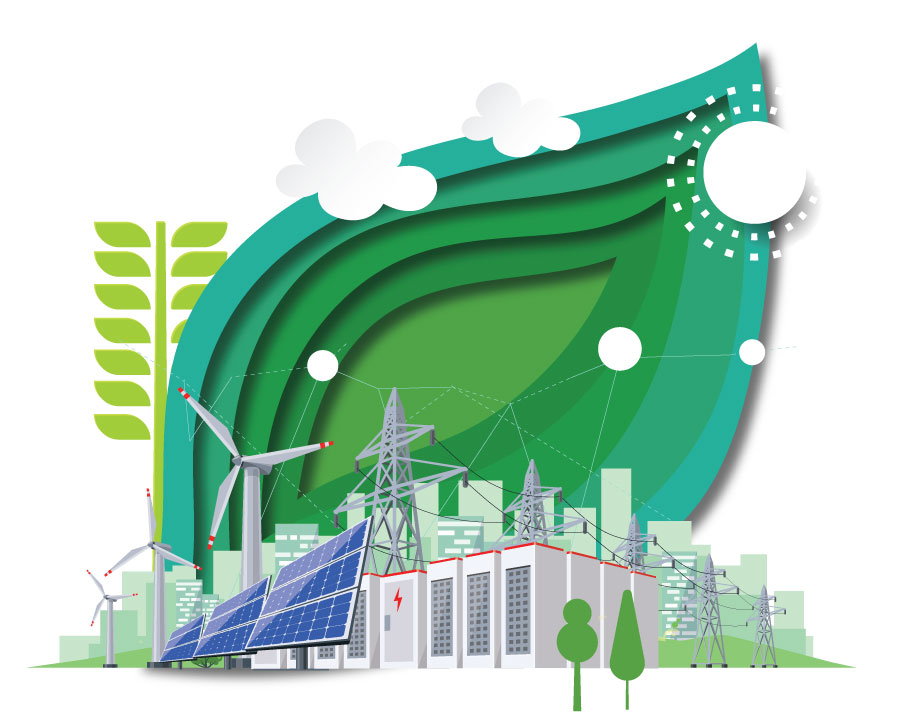Innovative vehicle technologies—both old and new—dominated clicks on ASME.org in 2024. The top five stories of the year varied greatly from
2023's top five, which addressed a wide range of topics from wearable protective equipment to bringing weight to astronauts and freeing the diesel engine from petroleum.
Keep in mind that these five stories below are but a few of the hundreds of topics covered on ASME.org throughout the year. Be sure to visit
ASME's Content home page to view the latest in mechanical engineering any time.
Earning the “most-read article of the year” moniker is this profile of Ole Evinrude's small marine engine, or outboard motor, which was an instant success in the early 20th century. This ASME engineering landmark, recognized for its innovation and impact, placed a gasoline engine at the top, connected via a long shaft to a submerged propeller. The 62-pound two-cycle internal combustion motor ran at 1 1/2 horsepower at 1,000 revolutions per minute and the design has remained standard for outboard motors to this day.
From the sea to the air, the second most-read story of 2024 focused on DARPA's efforts to prove that active flow control can maneuver a plane. The CRANE program is about to produce an X-65 that will have all the maneuverability of a modern aircraft without all the moving parts. Instead, it will use 14 banks of fixed active flow control actuators—in other words, it will steer by blowing air.
Dimples can do more than frame a cute smile—they can vastly improve aerodynamic performance of any object moving through the air or water, and even help improve heat transfer. Researchers at Sandia National Laboratories in partnership with the University of New Mexico have found that applying dimples in specific sizes and patterns to an object can drastically improve their performance in a variety of ways. The team has used a set of unique formulas to calculate, apply, and test dimple-adorned objects from golf balls to pistons, rockets, wind turbine blades and even the hood of a car.
Wireless charging is incredibly convenient for devices, but imagine if the same principle could apply to electric vehicles. Researchers at Oak Ridge National Laboratory and Volkswagen Group of America have created a 270-kilowatt wireless power transfer system that has successfully charged a Porsche Taycan. The breakthrough was a refinement of a similar 120-kilowatt demonstration system the team developed for the U.S. Department of Energy in 2018, but is smaller, sleeker, and more powerful.
Rounding out the top five most-read articles of 2024 is a look at the world’s first high performance compressor for hydrogen fuel cell aviation powertrains. The technology would enable a bank of fuel cells to operate with a single compressor rather than many, saving weight. The fuel cells operate in unison to increase the electrical power generated, while a silicon carbide inverter converts fuel cell-generated DC power to AC power when required.





